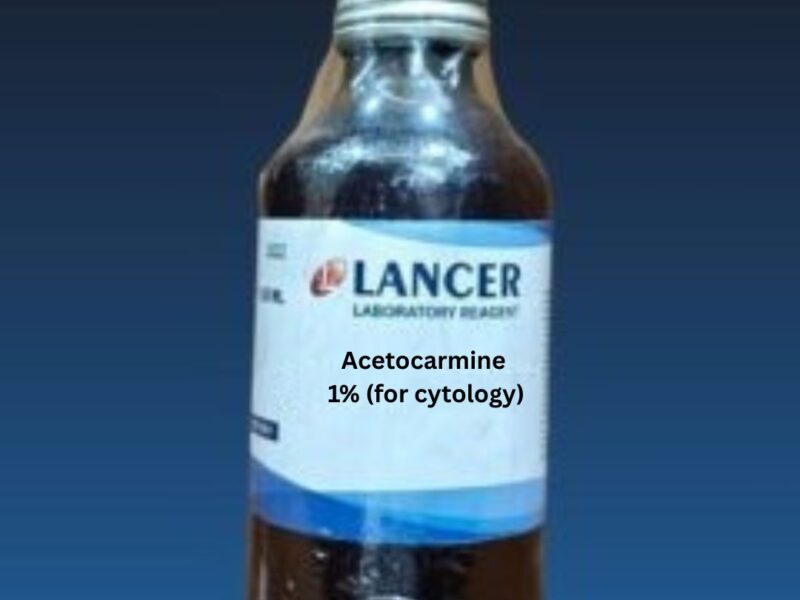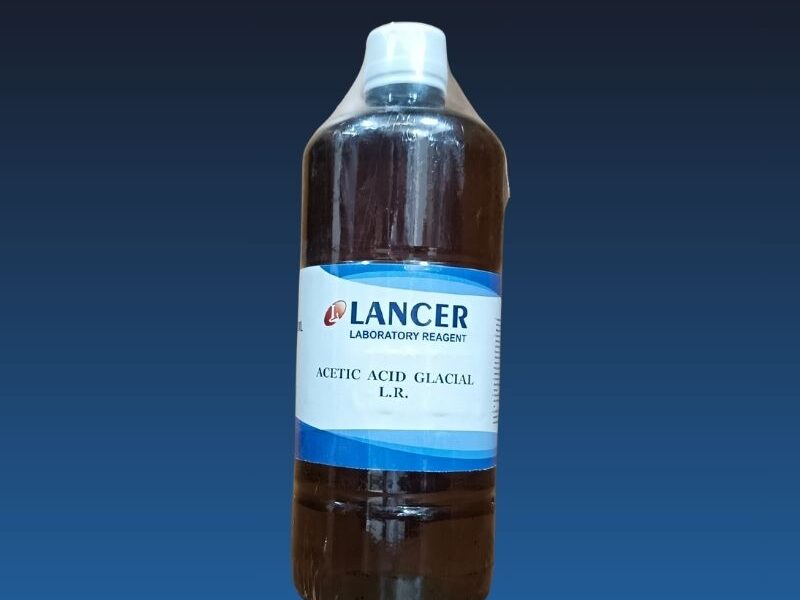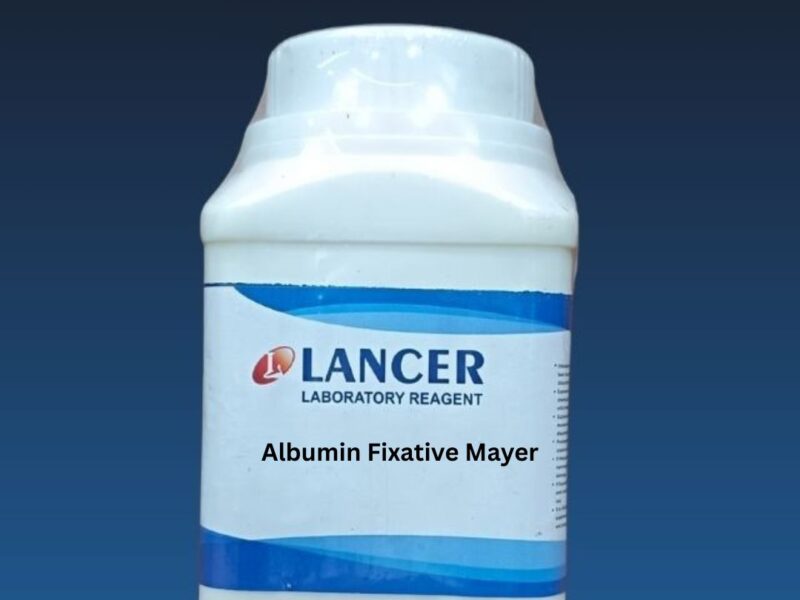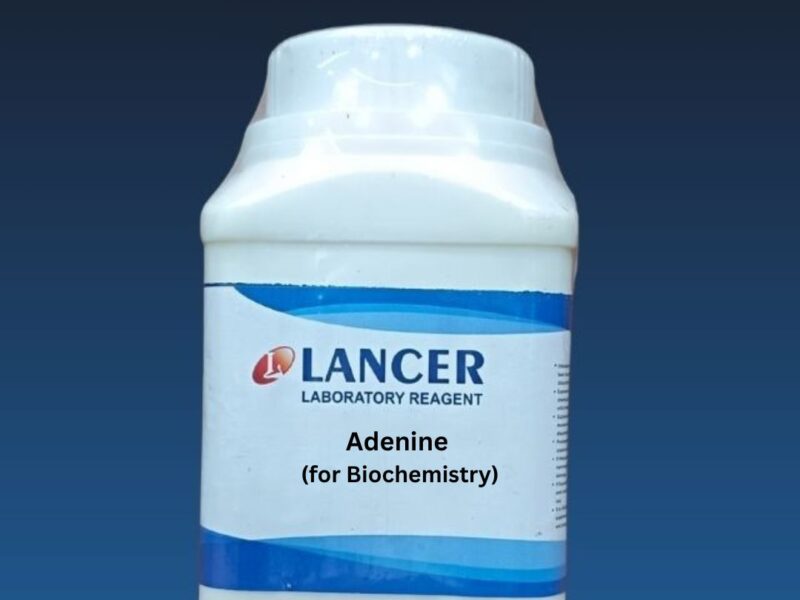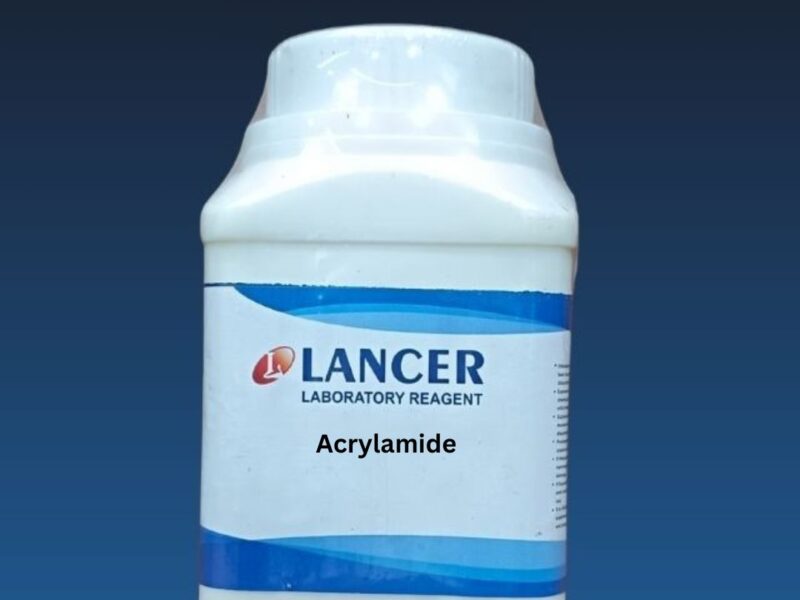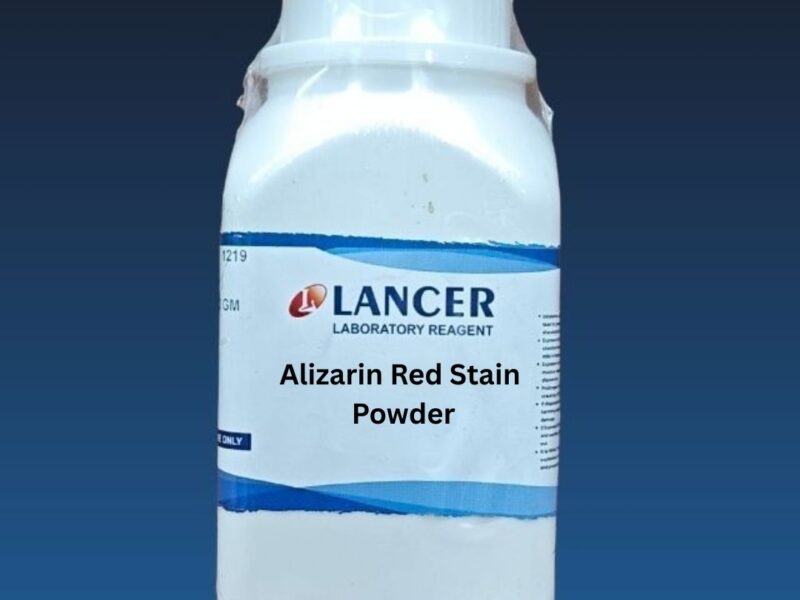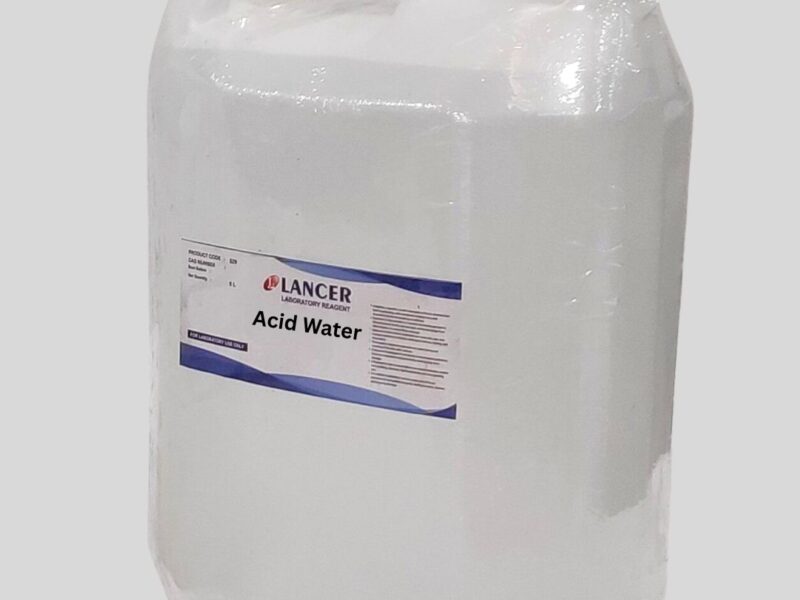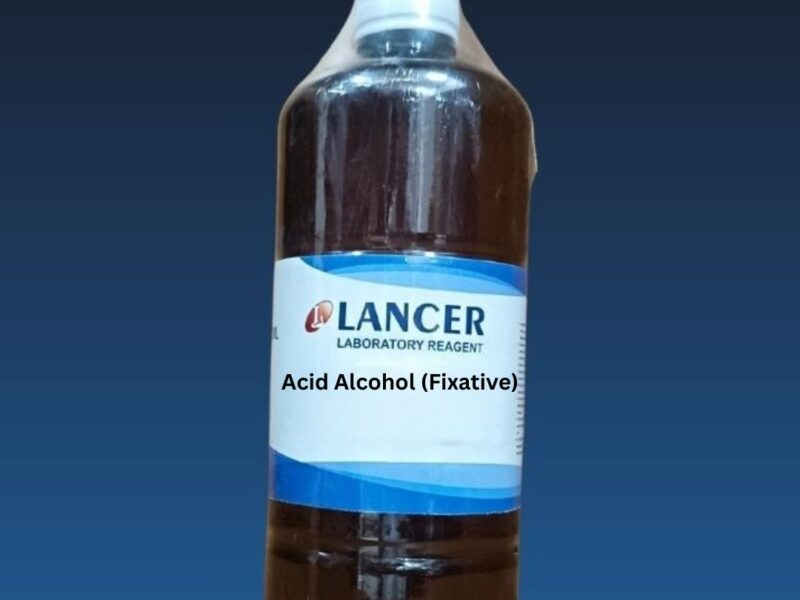| Product Name | Ammonium Hydroxide 0.910 – Lancer |
| Quantity/Pack Size | 500 ml |
| Brand | Lancer |
| Form | Liquid solution |
| Grade | Analytical Reagent (AR) |
| Application | pH control, titration, qualitative inorganic analysis |
Product Description
Academic Use – Chemistry Labs & Practical Experiments
Ammonium Hydroxide 0.910 by Lancer is ideal for undergraduate and postgraduate lab experiments in analytical and inorganic chemistry. Used to identify metallic cations, perform group analysis, and neutralize acidic solutions, it ensures accuracy in chemical reactions and titrations.
Industrial Use – Water Treatment & Manufacturing Processes
In industries, this reagent is used for wastewater pH balancing, pharmaceutical synthesis, and ceramic surface treatment. Its higher concentration (0.910) provides efficient ammonia release, beneficial in gas absorption towers and laboratory gas generation setups.
Institutional Use – Research & Analytical Testing
Institutions rely on this solution for analytical titrations, buffer preparation, and chemical synthesis studies. It is a key reagent for researchers studying ammoniacal complex formation and nitrogen compound testing.
FAQs
1. What’s the main difference between 0.888 and 0.910 ammonium hydroxide?
0.910 is a slightly stronger concentration, offering more effective ammonia content for higher precision-precision
2. Can it be safely stored for long periods?
Yes, when kept sealed in a cool, dry, and ventilated place, away from acids and heat, it has good shelf life stability.
3. Is it suitable for college-level chemistry labs?
Absolutely. It is commonly used in college and university labs for practical experiments and qualitative inorganic tests.
4. What lab apparatus should be used when handling this?
Use glassware resistant to alkaline solutions, and always handle with gloves and protective eyewear in a fume hood or well-ventilated lab.
5. What’s an alternative chemical with similar ammoniacal behavior?
Ammonium carbonate offers similar buffering and alkaline properties and is often used where gaseous ammonia evolution is required.


